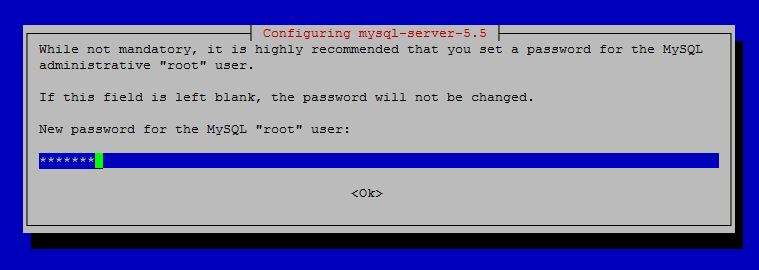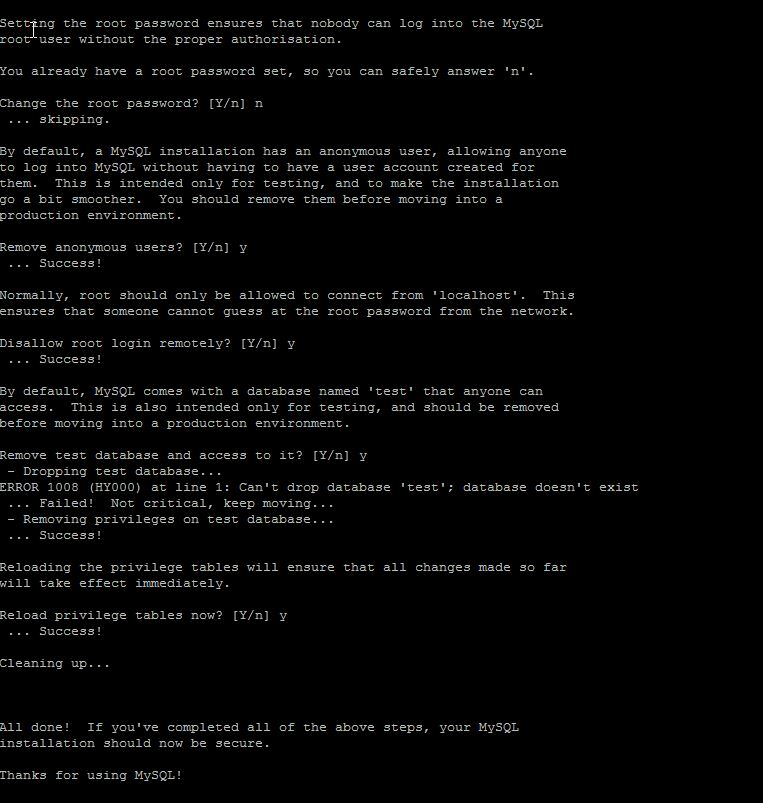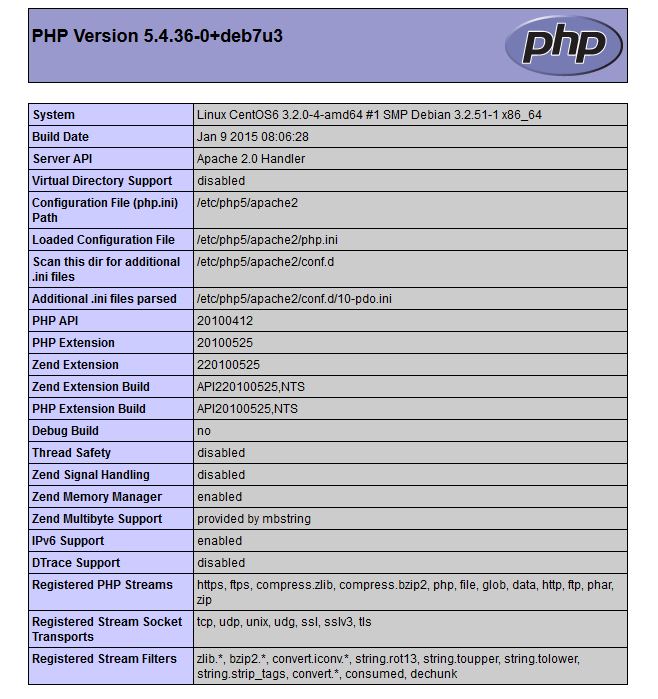Table of Contents
Verified and Tested 02/26/15
Introduction
In this How-To, we will walk you through the LEMP install on your Debian 7 Cloud Server.
LEMP is simply a software bundle that consists of 4 components. L (Linux) is the core of the platform, which will sustain the other components. E(Nginx)will be used for the web service. M(MySQL)will be used for database management, and P(PHP) will be the programming language. It is making the platform a LEMP.
Prerequisites
A cloud server with Debian already installed (which will take care of the L(Linux) aspect of the LEMP install). If you do not already have a server, why not spin up a Linux VPS Server from Atlantic.Net
Installing LEMP on Debian 7
Install Nginx with the following command to begin the install:
apt-get install nginx
Start nginx with the following command:
service nginx start
Verify if all is working by typing HTTP: //YOUR.IP.ADD.RESS
Install MySQL with the following command to begin the install and set a MySQL root password:
apt-get install mysql-server
Secure MySQL from the default settings with the following command:
mysql_secure_installation
Note: You will be prompted with a series of questions. Type N for the change root password and Y for yes on all of them, see the screenshot below:
Install PHP with the following command to begin the install:
apt-get install php5 php5-fpm php5-mysql
Then we must move the original sites file for backup purposes to a new file name:
mv /etc/nginx/sites-available/default /etc/nginx/sites-available/default.old
nano /etc/nginx/sites-available/default
Copy the following into your text editor:
server {
listen 80;
server_name your_site_name.com;
root /var/www/html;
index index.php index.html index.htm index.nginx-debian.html;
location / {
try_files $uri $uri/ =404;
}
error_page 404 /404.html;
error_page 500 502 503 504 /50x.html;
location = /50x.html {
root /var/www/html;
}
location ~ \.php$ {
try_files $uri =404;
fastcgi_pass unix:/var/run/php5-fpm.sock;
fastcgi_index index.php;
fastcgi_param SCRIPT_FILENAME $document_root$fastcgi_script_name;
include fastcgi_params;
}
}
Create a simple PHP page to test by using a text editor of your choice:
nano /var/www/html/info.php
Insert the following code in the space, then save and exit:
<?php phpinfo(); ?>
We will need to restart Nginx, so all changes are updated.
service nginx restart
Congratulations! You have just installed LEMP on your Debian Cloud Server. Thank you for following along in this How-To, and check back with us for any new updates.
Learn more about our VPS hosting services and VPS hosting price.



